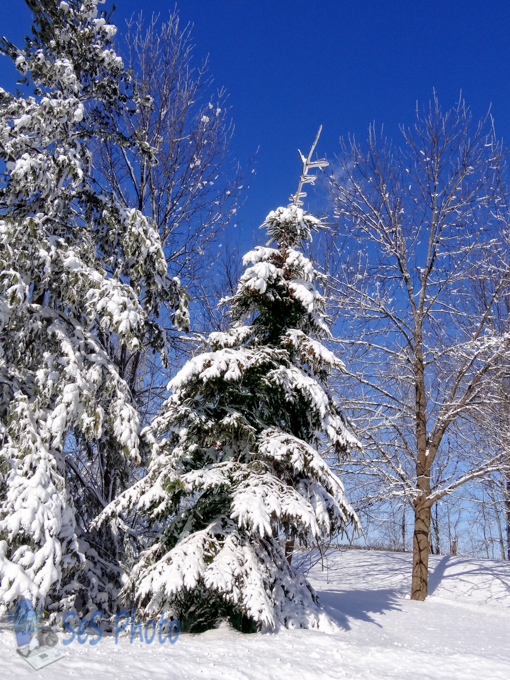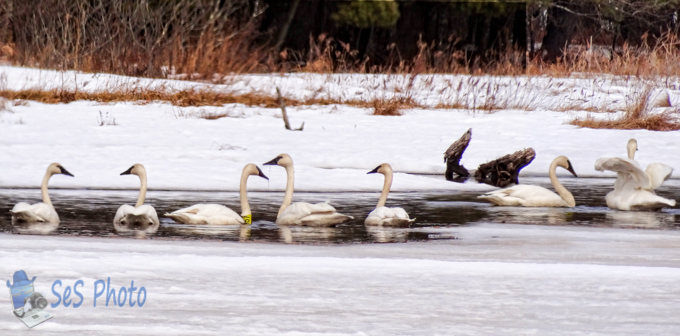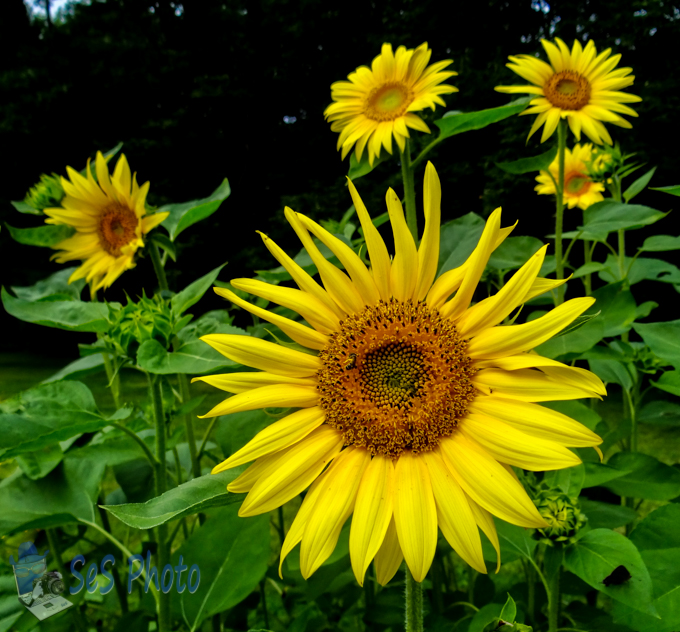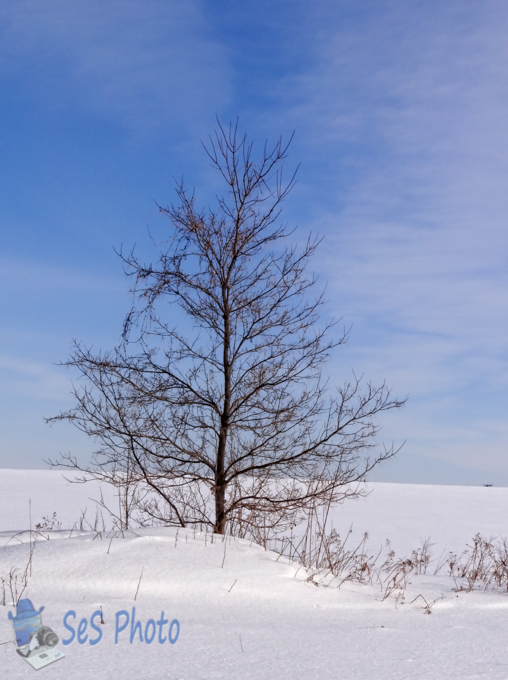When I was in grade school, it was our job to cut the Christmas from our planting of pine trees for a windbreak the first day school let out fro Christmas break. But since it was a windbreak, we could only take a tree where the trees were too thick so that meant a ‘Charlie Brown’ type of tree, which was usually flat on one side. The Charlie Brown tree did work well in a small room since the flat side could be pushed tight to the wall. One problem with the tree was that it would always grow after we cut it by the time we got to the house door!
This leaning tree might have fit into the Charlie Brown category since the deer rubbed off several rows of branches, although the gap is covered with the heavy snow laden branches, but since the tree was on the end of the row, it would have been safe from being a Christmas tree.
No clear, sunny sky for this Christmas Eve Day but then I suppose that means it won’t be real cold tonight for Santa’s reindeer but if Santa can bring the sun for our present, I think a lot of people would be happy.
Christmas Eve Tree












